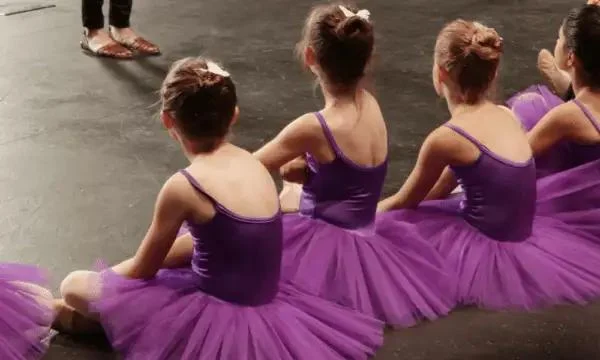
- can-dance-teachers-teach-in-a-school
- 1-the-role-of-dance-education-in-schools
- 2-qualifications-needed-to-teach-dance-in-a-school
- 3-public-vs-private-schools-what-differs
- 4-how-dance-teachers-enhance-the-curriculum
- 5-a-real-world-story-from-a-school-dance-educator
- american-dance-academy-supports-dance-in-schools
1. Can Dance Teachers Teach in a School?
Yes, dance teachers can absolutely teach in schools, but there are important considerations depending on the type of institution, curriculum, and educational standards. With the rising emphasis on holistic education and physical literacy, dance has secured a more stable position within school programs—particularly in arts-focused institutions and well-rounded physical education departments.
Whether you're a professional dancer looking to transition into education or a certified teacher specializing in the arts, there is a clear path to making dance instruction part of a school environment.
2. The Role of Dance Education in Schools
2.1 Dance as Physical and Emotional Expression
Dance is more than performance—it's movement literacy, discipline, and an expressive outlet. Schools that include dance in their curriculum give students a unique way to develop physical health, coordination, and emotional awareness.
2.2 Integration into Arts Curriculum
In many school systems, especially charter and magnet schools, dance is considered a full-fledged art form alongside music and visual arts. These programs are typically supported through grants or specific arts-based funding.
3. Qualifications Needed to Teach Dance in a School
3.1 Academic vs. Studio Background
If you're wondering whether your studio experience is enough: it depends. In public schools, most states require a teaching credential in physical education or fine arts, sometimes with a specialization in dance. Private or charter schools may prioritize professional experience and reputation in the field over formal licensure.
3.2 Certification and Training
Dance instructors aspiring to teach in schools often pursue degrees in dance education or physical education. Certification programs like the National Dance Education Organization (NDEO) offer added credibility and tools for structured classroom instruction.
4. Public vs. Private Schools: What Differs?
Public schools usually require teachers to meet district-level certification requirements and adhere to state education standards. Private schools, on the other hand, have more flexibility, often allowing talented professionals with no formal teaching license but strong resumes to join their faculty.
Dance teachers in private institutions may have the freedom to design their own curriculum, incorporate diverse dance styles, and organize showcases with less bureaucratic limitation.
5. How Dance Teachers Enhance the Curriculum
5.1 Cross-Disciplinary Learning
Dance can intersect with subjects like history (e.g., cultural dances), math (e.g., rhythm patterns), and literature (e.g., storytelling through movement). Dance educators with creative approaches often collaborate with other teachers to bring fresh engagement to traditional learning.
5.2 Social and Emotional Benefits
Students exposed to structured dance programs often report improved self-esteem, group cooperation, and stress management. A passionate dance teacher in a school setting can be a vital force in shaping school culture and student development.
6. A Real-World Story from a School Dance Educator
Ms. Jordan, a former professional ballet dancer, transitioned into teaching dance at a public middle school in Texas after earning her teaching license. Within three years, her elective program became one of the most requested classes, and her students have since performed at district-wide arts festivals and community events. Her journey highlights how qualified dance professionals can thrive in academic settings when equipped with the right tools and vision.
7. American Dance Academy Supports Dance in Schools
If you're a dance educator or aspiring to become one, American Dance Academy offers programs, supplies, and support tailored for those interested in bringing dance into schools. Whether you're looking for curriculum resources or tools to enrich your classroom, ADA is a reliable partner in building high-quality educational dance experiences.
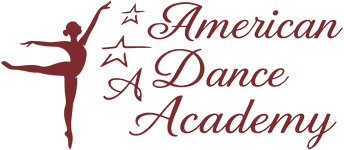
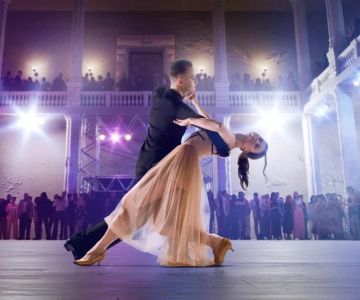
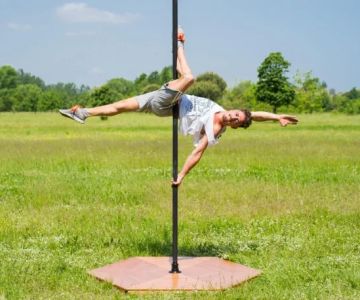
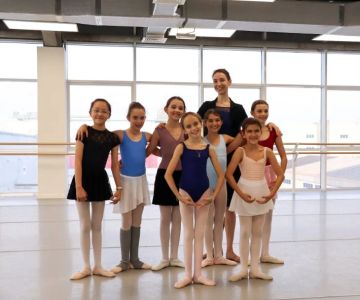
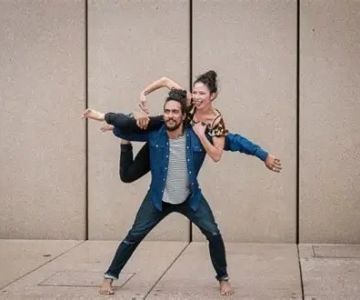

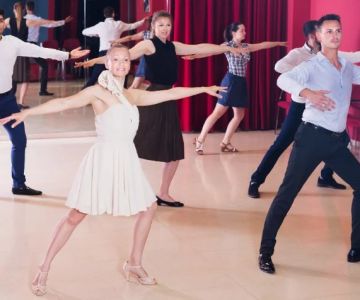
 Barrington Dance Academy5.0 (22 reviews)
Barrington Dance Academy5.0 (22 reviews)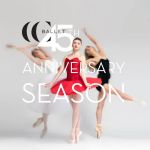 Canyon Concert Ballet4.0 (17 reviews)
Canyon Concert Ballet4.0 (17 reviews) Big City Dance Center LLC4.0 (25 reviews)
Big City Dance Center LLC4.0 (25 reviews)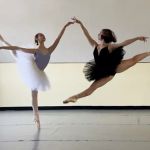 Tye Chua Dance & Kalamazoo Ballet5.0 (18 reviews)
Tye Chua Dance & Kalamazoo Ballet5.0 (18 reviews) Fenton Ballet Theatre4.0 (24 reviews)
Fenton Ballet Theatre4.0 (24 reviews) Front Street Dance Center5.0 (7 reviews)
Front Street Dance Center5.0 (7 reviews) Are There Dances in Middle School? What Students and Parents Should Know
Are There Dances in Middle School? What Students and Parents Should Know How a Dance School in Instagram Builds Community and Success
How a Dance School in Instagram Builds Community and Success Why Do Schools Teach Square Dancing?
Why Do Schools Teach Square Dancing?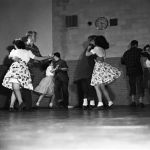 Why Was Square Dancing Taught in School?
Why Was Square Dancing Taught in School? Why Swing Dance Is Popular for Adults
Why Swing Dance Is Popular for Adults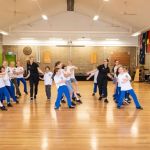 A School Dance: How to Prepare, Shine, and Make It Unforgettable
A School Dance: How to Prepare, Shine, and Make It Unforgettable